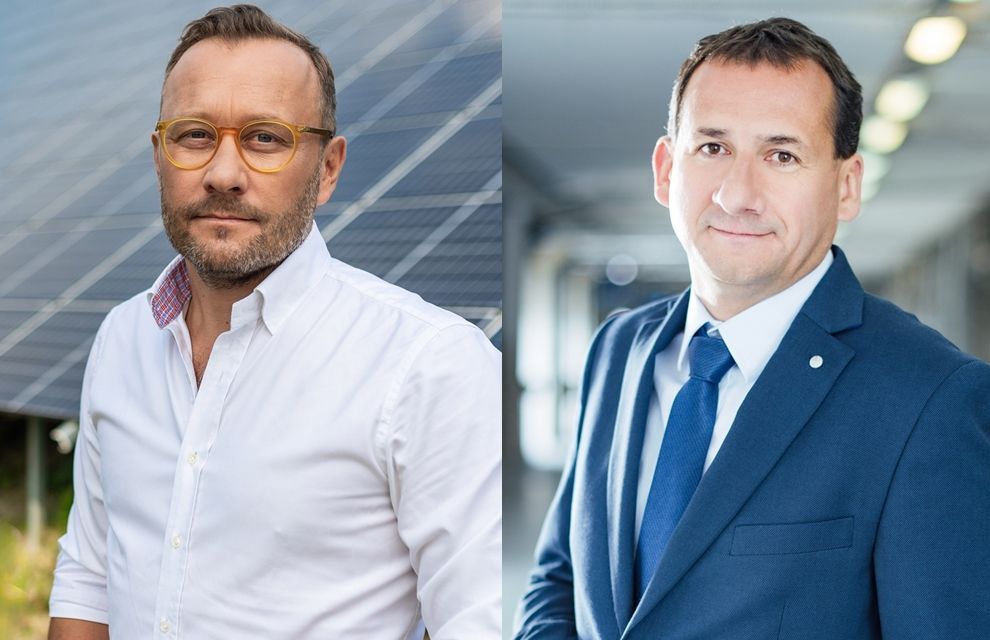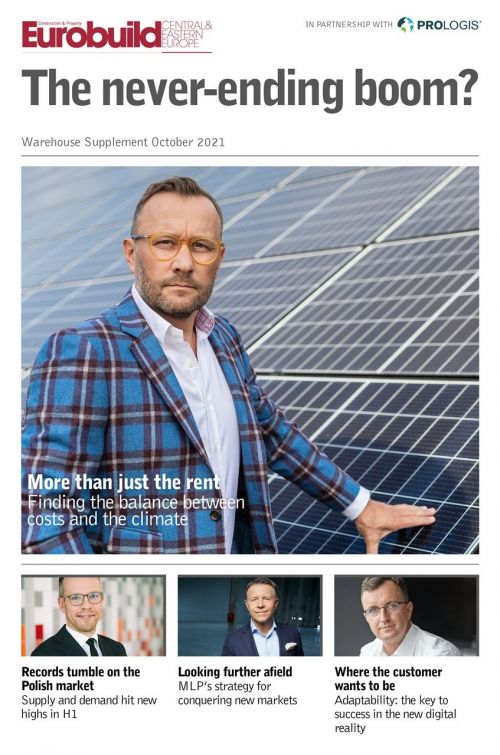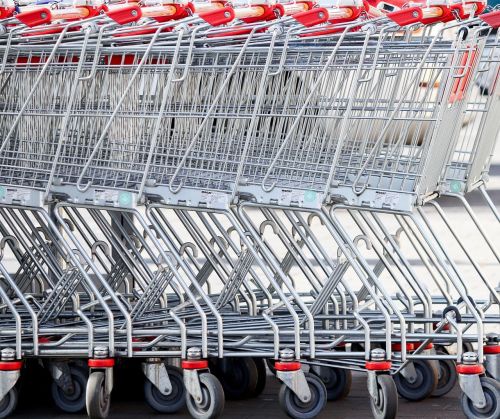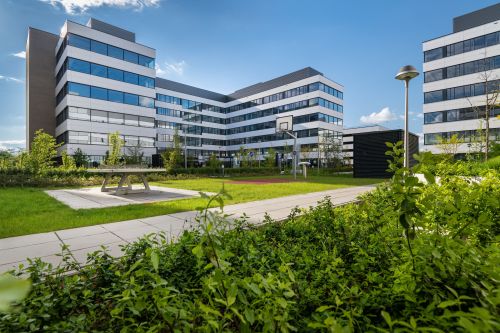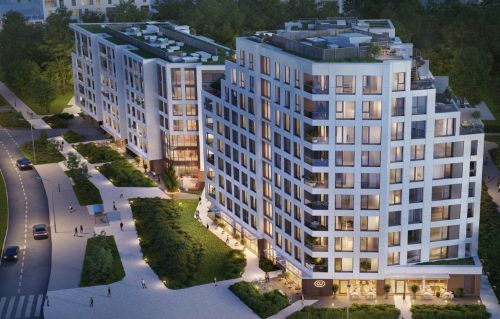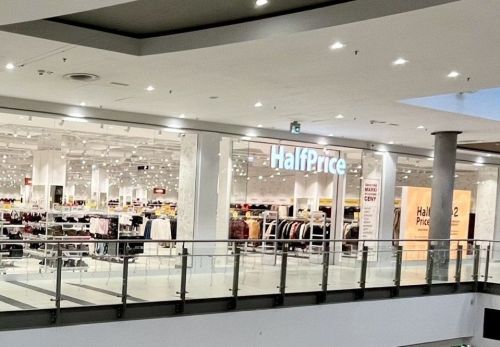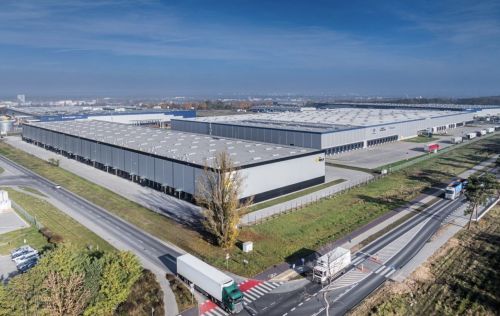The warehouse market keeps on growing, but what are the main costs that this wave of new wave of tenants will have to contend with?
Paweł Sapek, Prologis’ head for Central Europe: Real estate costs are only one component of the overall cost of supply chain management. Based on the data we are receiving from our customers, we estimate that these are no more than 7–10 pct of the total cost of the overall supply chain. This might seem like a relatively small percentage, but property cost management is a very important aspect of running an efficient logistics operation. We are talking about more than just the rent itself. Unfortunately, in terms of the rental costs, many tenants (and also advisors) in real estate are still focused on the rental rates alone. But the important thing is to analyse the total operating costs related to the leasing of the warehouse space.
So what should your customers be focusing on the most?
Paweł Sapek: First of all, they need to take note
